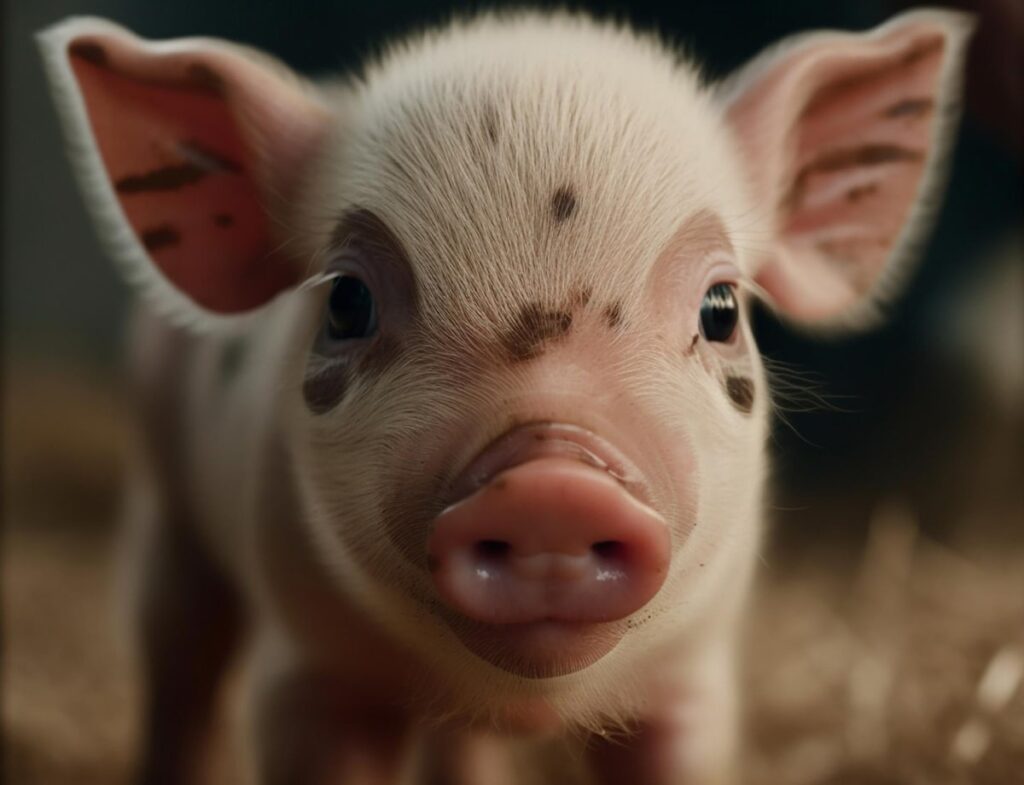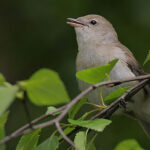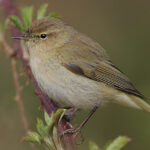1. Names: A pig, domestic pig or piglet are all members of the pig family (Suidae), descended from the wild boar (i.e. domestic pigs are a subspecies of wild boar). Other names include boar (male pig), sow (female pig) and piglets (piglets of pigs)
2. Number: There are around 1 billion pigs in the world. With around 450 million pigs, China is the world’s largest pig producer. Denmark has the highest number of pigs per capita in the world (2.31 pigs per capita)
3. Wildness: If a pig is released into the wild, it will quickly become feral again (even if it was born in captivity); its canines will start to grow (but only the tusks), and it will begin to develop a harsh, colored coat very similar to that of a wild boar. Behavior will also change and the pig will generally take on a more feral character
4. Intelligence: Pigs are extremely intelligent compared to many other mammals. They have a very curious nature and are considered by many to be more intelligent than dogs, small children and some primates. Pigs can learn tricks and perform small tasks
5. Social animals: Pigs are also very social animals. They form close bonds with animals as well as humans and love close contact. In several cases, pigs have saved other animals and even humans from death
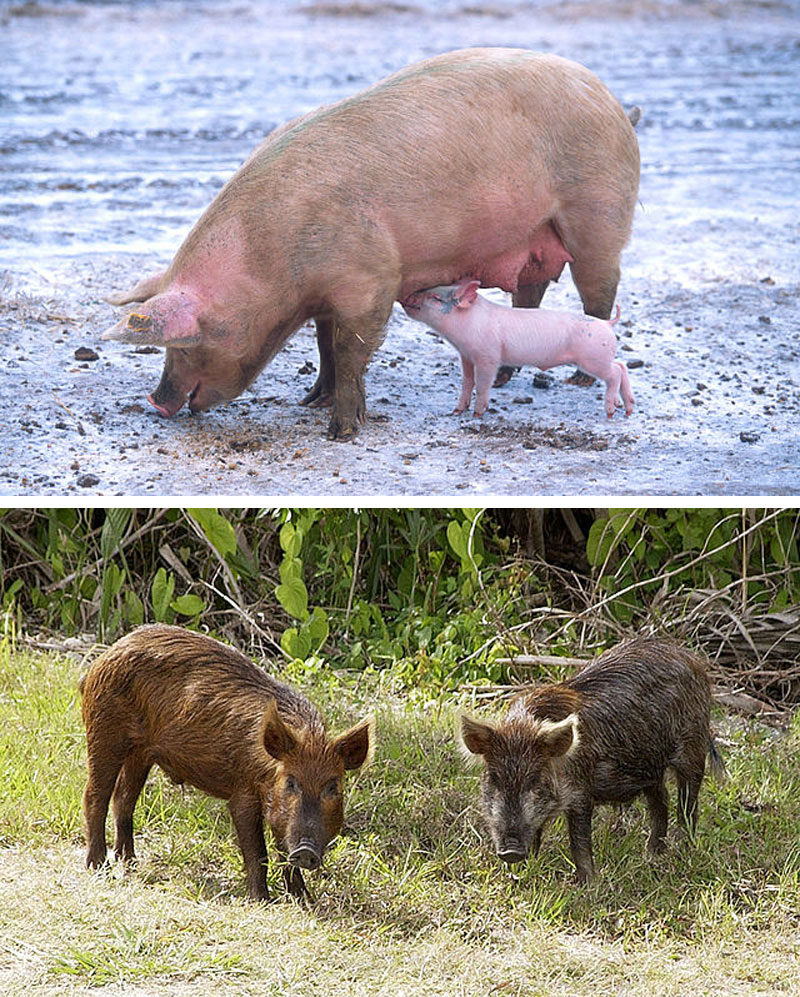
Fact: Pigs that are released into the wild quickly become feral again – for example, they start growing longer canines and rough fur. Such pigs can be seen in the bottom image
6. Run: Adult pigs can run at speeds of up to 18 km/h and have an excellent sense of direction. There are several examples of pigs finding their own way home over long distances
7. Food: Pigs are omnivores (i.e. omnivores). In the wild, they primarily eat leaves, grass, roots, fruits and flowers, but they can also eat many other things such as mushrooms, meat, etc. In captivity, they are typically fed grain products with added vitamins and other nutrients
8. Cleanliness: Pigs are – despite their name – very clean. For example, they only dispose of their feces far from where they eat and sleep (if they have the space to do so!). Even newborn piglets leave their nest to defecate elsewhere shortly after birth
9. Peaceful: Pigs are relatively peaceful and rarely become aggressive. The exception is if a sow feels that her piglets are being threatened. In addition, it also happens in very rare cases that a pig becomes unusually aggressive and attacks the humans who care for it (the exact reasons for the pig’s behavior in these situations are not known)
10. Quote: Winston Churchill is famous for saying: “Dogs look up to man. Cats look down on man. Pigs look us straight in the eye and see an equal”
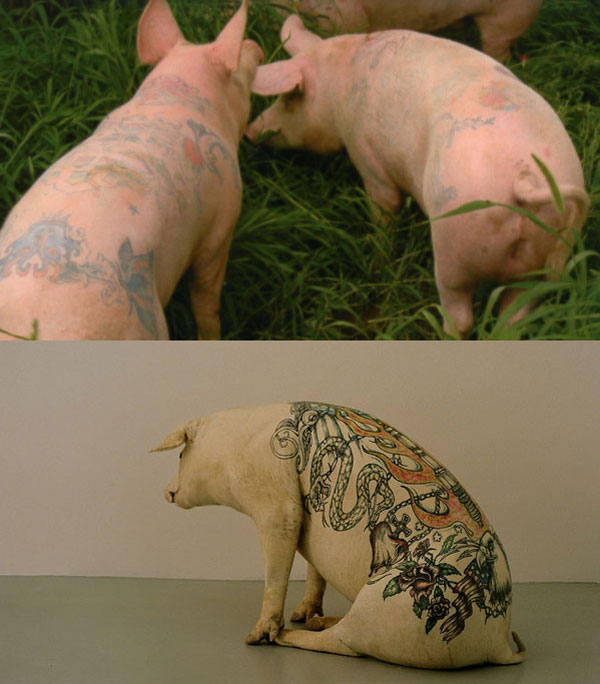
Belgian artist Wim Delvoye tattoos pigs
Pigs’ senses and communication
- Sense of smell: Pigs have a phenomenal sense of smell and are therefore the preferred animal for truffle hunting – their only disadvantage compared to dogs (which are the second best animal for truffle hunting) is that they eat the truffles. Pigs also use their sense of smell to identify conspecifics
- Hearing: Pigs localize sounds by turning their heads (like humans) and not by turning their ears like many other mammals (e.g. horses, rabbits, etc.). Hearing is also an important part of pigs’ communication and social life
- Syn: A pig has a field of vision of 310 degrees, but its vision is not equally good at all angles; it can see with both eyes at an angle of 35 – 50 degrees in front of its snout. To the sides, the pig can only see with one eye. To the rear, it has a blind spot of 30 degrees
- Communication: Pigs communicate primarily through sounds such as grunts, squeals and the like. When a pig needs to alert other pigs or express discomfort, this can also be done using pheromones, which are chemical signaling substances
- Look up: It is physically impossible for pigs to look upwards (look into the air)

